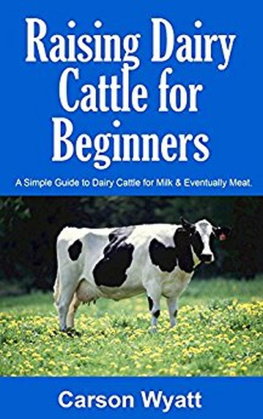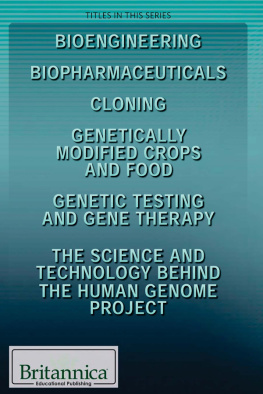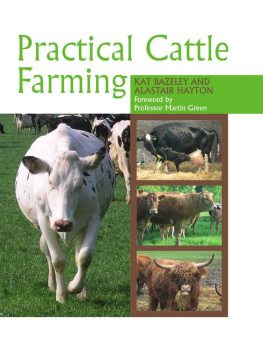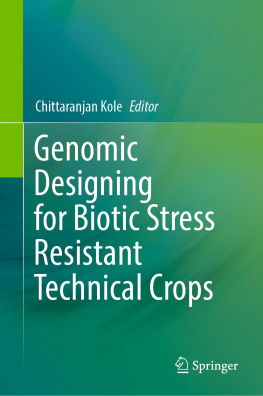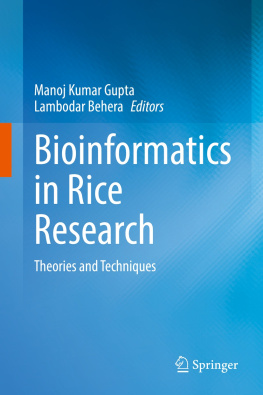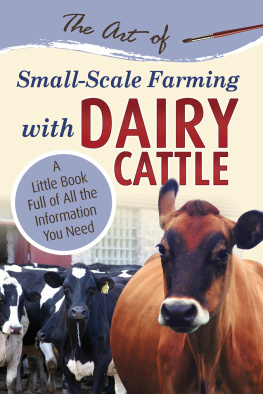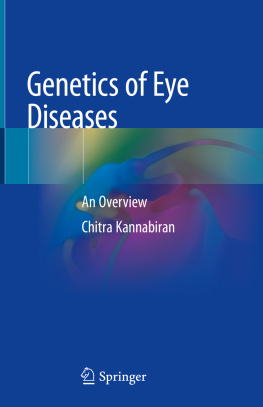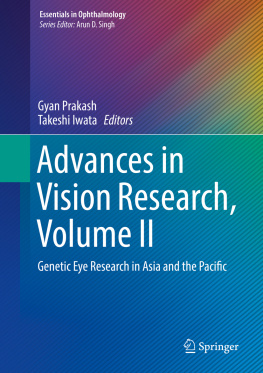Allison Fleming, Canadian Dairy Network, Canada; Tatiane Chud, University of Guelph, Canada; Luiz Brito, Purdue University, USA; Francesca Malchiodi, Semex, Canada; and Christine Baes and Filippo Miglior, University of Guelph, Canada
Genetic selection of dairy cattle has helped to forge the industry into what it is today. The array of traits targeted for improvement has expanded and evolved over time as a response to the dynamic requirements of producers, consumers and society, facilitated by advances in technology and trait-recording programmes. Fifty years ago, selection concentrated almost solely on increased production with consideration also for idealized animal conformation. Milk sales represented the major source of revenue for a dairy producer, and therefore, herd economics helped concentrate selection goals on increasing fat and protein production for many decades.
Milk-recording programmes have permitted large amounts of data to be collected for use in genetic evaluations, allowing large gains in production to be achieved. Concurrently, recording and consideration of cow conformation were important to continue breed standards and realize success in judged competitions and sales while also improving functional conformation. The need to identify new traits and acknowledge additional areas for genetic improvement came in part from noticed genetic decline in other important traits, such as fertility and health, following the strong unaccompanied selection for production alone. This led to the emergence of expanded, more balanced breeding goals which included previously unappreciated non-yield traits that help to improve economic efficiency by reducing costs rather than by increasing product output.
The ability to select for and improve various traits relies on the recording and access to clearly defined, accurate and cost-effective phenotypes. The amount of data collected throughout the production chain has increased dramatically over time, giving rise to new phenotypes to be used in the selection for functional traits, either directly or indirectly, which was not previously conceivable. For many functional and novel traits, the recording of relevant phenotypes had been a limiting factor for their inclusion earlier in breeding goals, and this remains a challenge to overcome for many desired traits. A further obstacle in the genetic improvement of many traits has been the large environmental effect on the phenotypes leading to low heritability estimates. Advancing technologies available to genetic evaluations, the most impactful being the introduction of genomics, have allowed selection to happen on such lowly heritable traits where large-scale recording is difficult.
The dairy cattle industry has observed substantial changes in the number and scope of the various traits selected for in recent years. This has been a reflection of both the shifting needs of the industry and society and advancements in technology and data recording. As the number of traits genetic programmes are interested in and capable of performing genetic evaluations for keeps increasing, selection goals must continue to broaden and ultimately need to be balanced in order to proceed to improve the overall efficiency of the industry. This chapter provides an overview of developments over the last fifty years for traits considered for selection in dairy cattle and the improvements achieved.
A fundamental goal in dairy cattle breeding has long been the selection for increased production. The vast majority of revenue is generated from milk sales, and thus, cows with greater milk yields were sought to maximize the profit of the dairy industry. Selection for increased production was aided by the widespread adoption of milk performance testing in the early 1900s with the recording of milk weights, the analysis of butterfat, and later, solids-not-fat contents. Dairy Herd Improvement Association (DHIA) testing was commonplace, generating large numbers of records for production traits to be used in genetic evaluations to identify superior families and individuals, particularly important in the AI industry. In the 1970s, milk protein testing became readily available with the introduction of mid-infrared (MIR) methods into milk-recording programmes. ). Premiums were paid by milk processors for fat and protein contents, giving the milk components economic value and targeting their improvement in genetic selection programmes.
The dependency of overall income on milk and component yields, paired with the ease and prevalence of their routine recording, rationalized the dominance of the production component in selection indices ().

Figure 1 Schematic representation of relative emphasis of traits included in an average selection index over time. Source: adapted from .
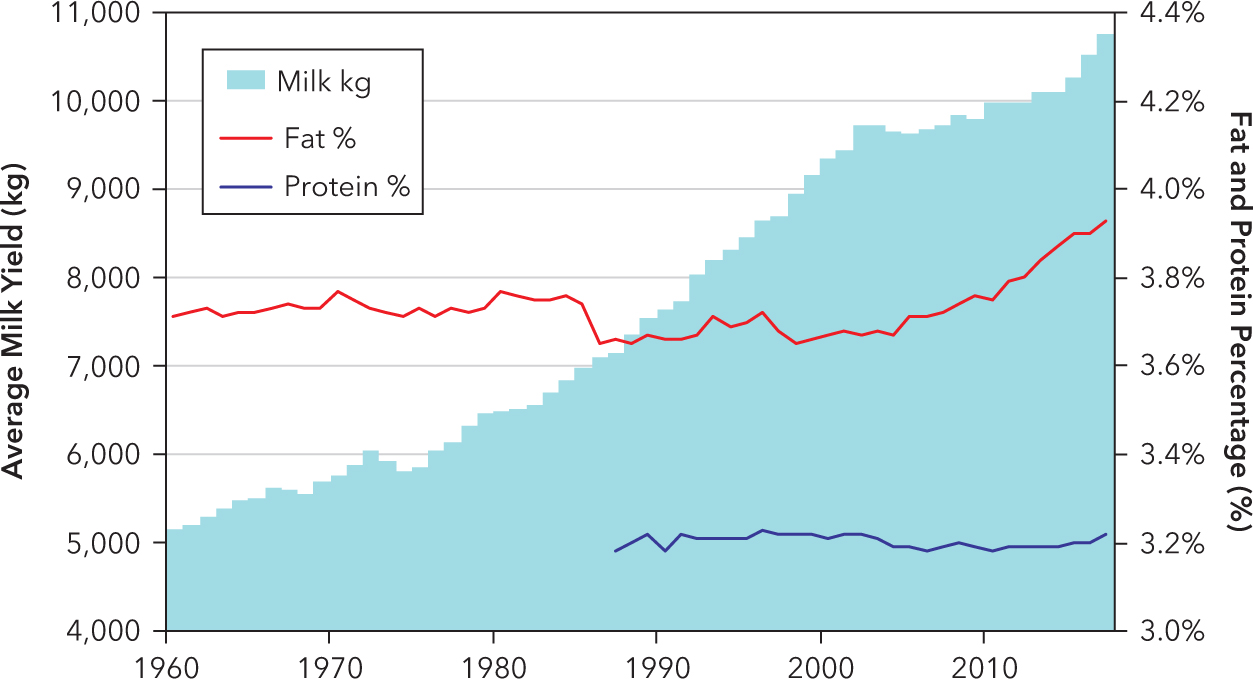
Figure 2 Phenotypic trend of average milk yield (kg), fat and protein percentage in Canadian Holstein cows by birth year (from 1960 to 2016).
).
For decades, the focus of selection programmes on improving milk and component production with little consideration of functional traits has revealed antagonistic relationships between high production and health and fertility of dairy cattle. Unfavourable genetic correlations have been reported between milk yield and mastitis (reproduction, health, general well-being and welfare of dairy cattle have taken some of the emphasis away from production traits to develop more balanced selection goals.
Conformation traits, or type traits, such as udder depth, placement of teats, foot angle and stature, have been of interest to breeders since the beginning of the genetic evaluations in dairy cattle ().
The classification system based on four scorecards (i.e. general appearance, dairy character, body capacity and mammary system) was introduced in 1929, recorded only for registered cows by the Holstein-Friesian Association in the United States (). Even though most conformation traits are considered visual appraisal, linear traits are expressed on a scale (i.e. 19 or 150 points), allowing to identify a cow with the desirable conformation trait based on its biological continuous scale. The four major categories on the classification scorecard are udder conformation, feet and legs, dairy strength (thoracic and abdominal body conformation) and rump (rump angle, pin width, loin strength and thurl placement).
Traits related to size, such as stature, are linked to body weight, which is fundamental to regulate feed efficiency and energy balance. The intense genetic selection over the years for milk production resulted in a correlated response in conformation traits, generating taller, wider and deeper animals and changes in the teat placement ().
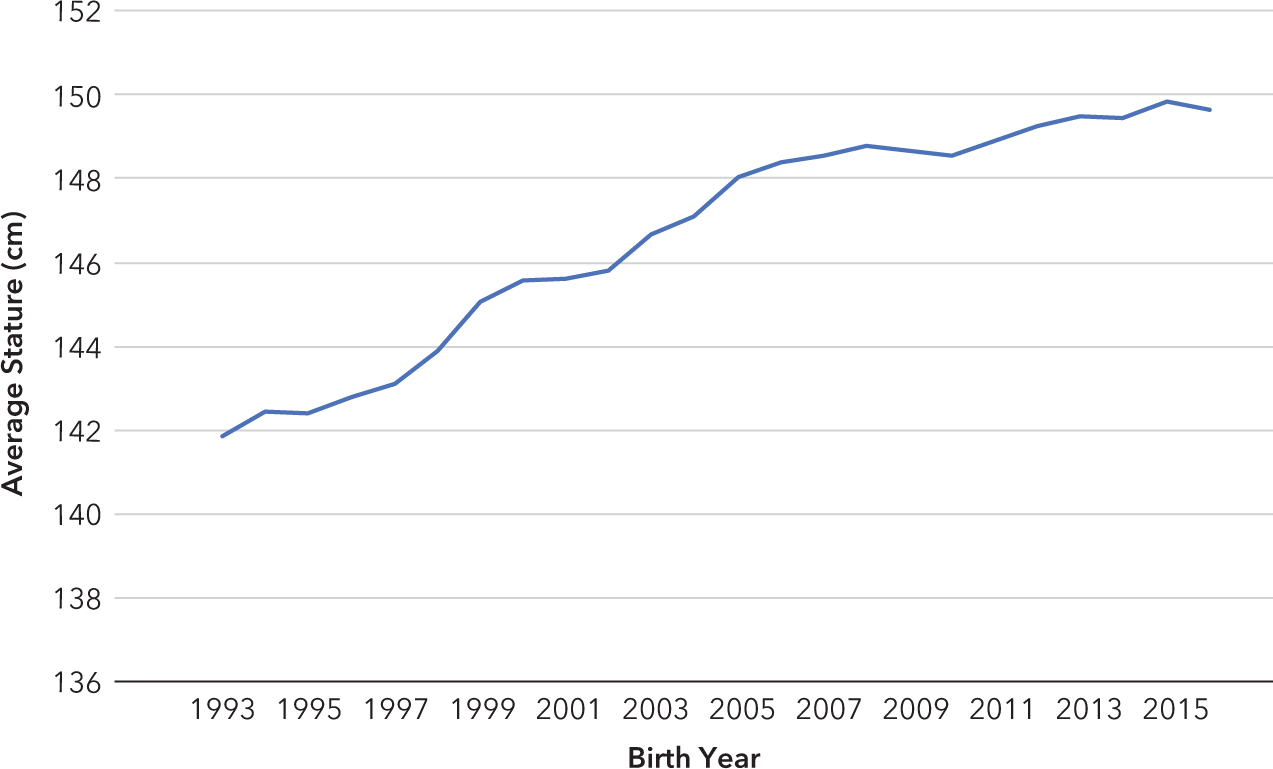
Figure 3 Phenotypic trend of average stature (cm) in Canadian Holstein cows at 26 months of age per birth year (from 1993 to 2015).
Conformation traits have shown a high influence of genes of additive action, with heritability estimates ranging from 0.05 (foot angle) to 0.70 (stature) ().
Genomic evaluations have carried a considerable improvement for conformation traits in dairy cattle in terms of reliability gain compared to the traditional value (from 19.4% to 45.5%) (). Selection for conformation traits is essential to improve longevity, health and fertility traits, thereby achieving a profitable herd in the dairy industry. The reliability of these traits has increased with the genomic evaluations and combining data of the different countries and new phenotypes.
Next page

